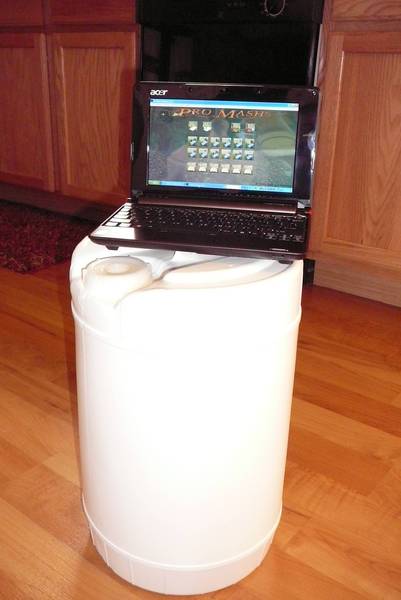The Pol
Well-Known Member
- Joined
- Feb 12, 2007
- Messages
- 11,390
- Reaction score
- 120
Hi everybody - I've been lurking for a while and learning lots. I've made a few extract batches that turned out pretty well. Now after reading the BYO article, I'm excited to give it a shot. I have a question -
If I'm just planning to let the wort chill overnight would I be better off chilling in my fermenter (6.5 gallon ale pail) or a 5 gallon water jug? Would a coleman collapsing water container work - or are the soft-sides to weak for the hot temps?
A soft sided container would probably fail... HDPE will hold up, most plastics will not.
You MAY be able to use the bucket, but I have heard someone say that thiers almost completely collapsed on itself (sides too rigid).
I say try it, who knows? That is where I am coming from, I am trying it, I will never know til I do!








![Craft A Brew - Safale S-04 Dry Yeast - Fermentis - English Ale Dry Yeast - For English and American Ales and Hard Apple Ciders - Ingredients for Home Brewing - Beer Making Supplies - [1 Pack]](https://m.media-amazon.com/images/I/41fVGNh6JfL._SL500_.jpg)

















































